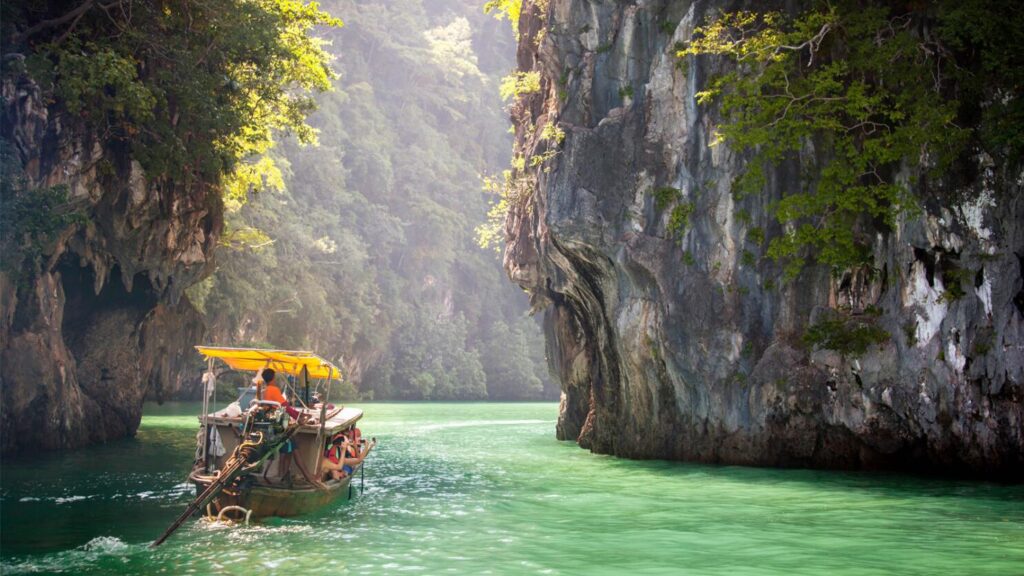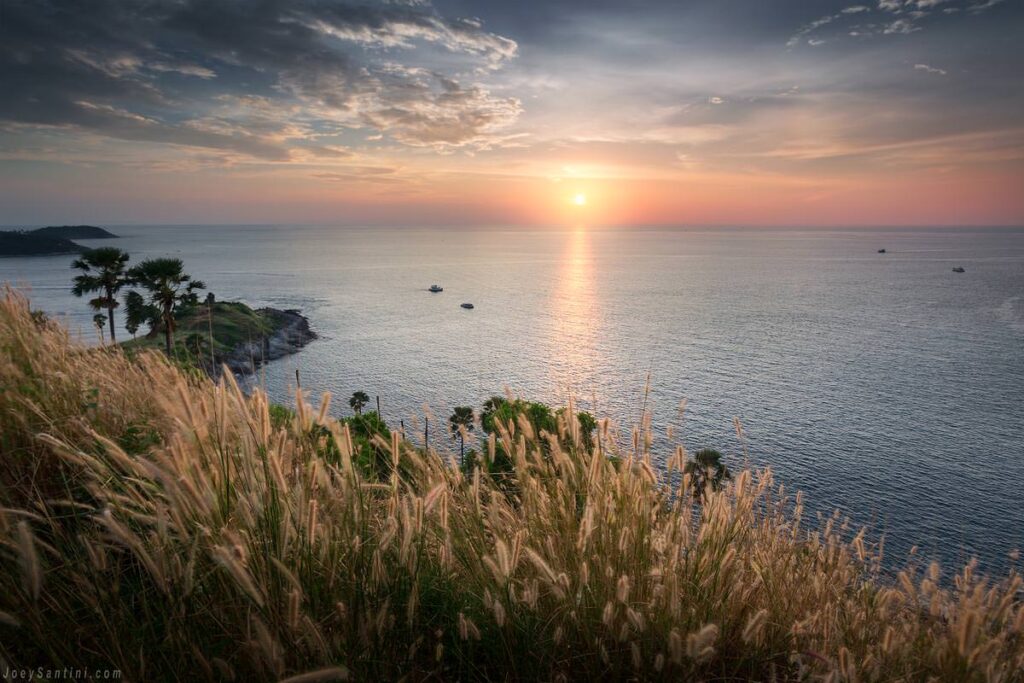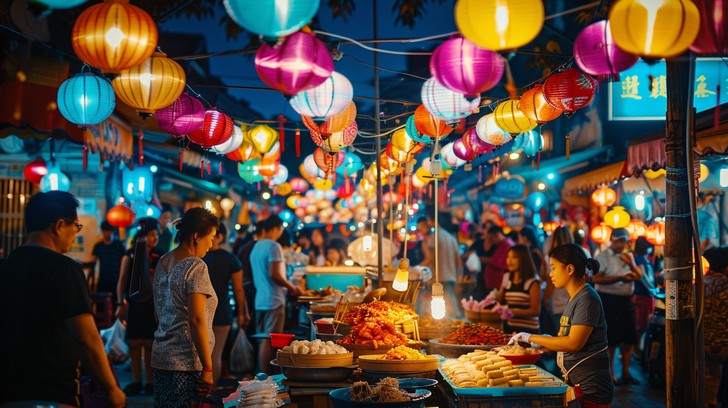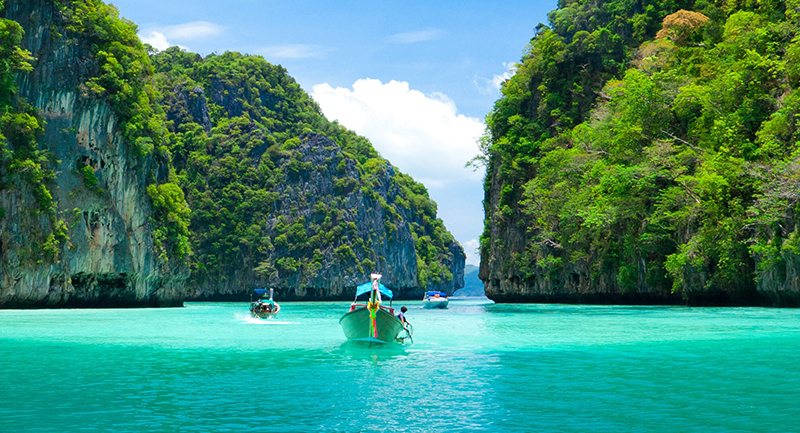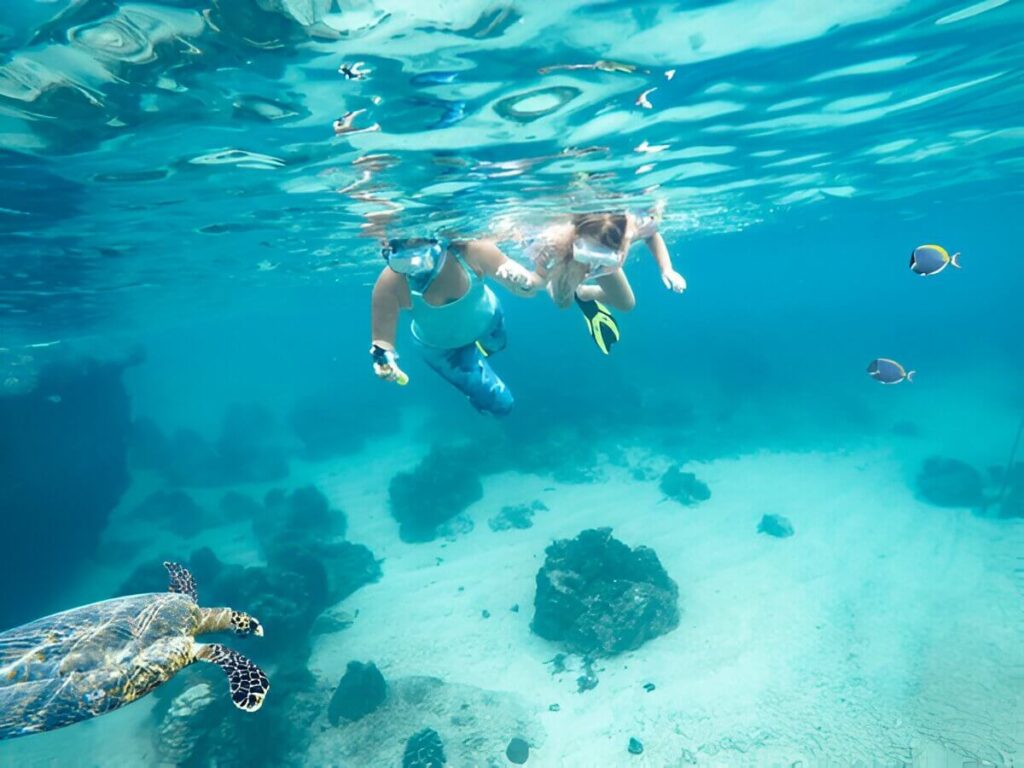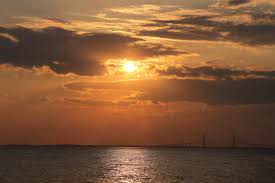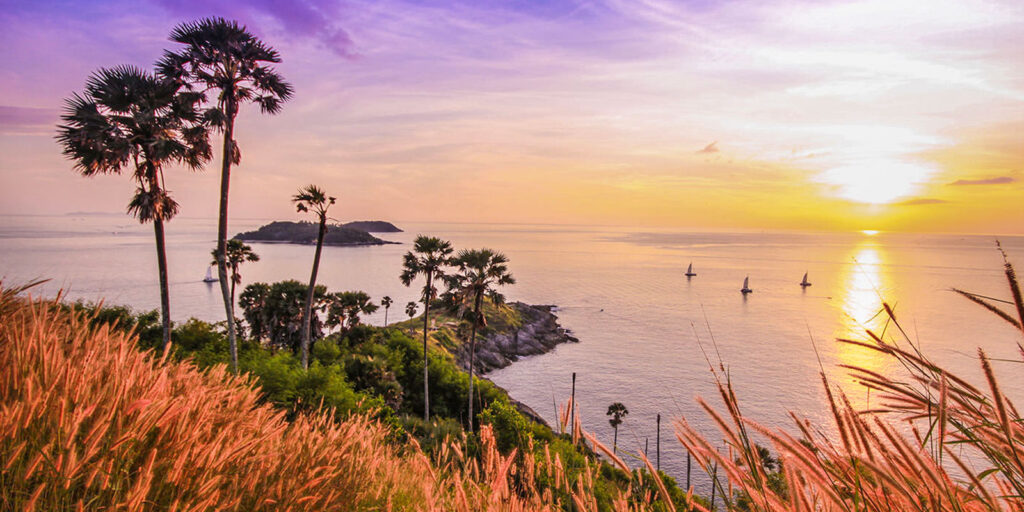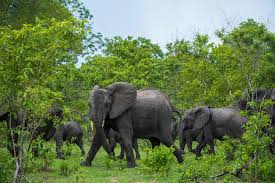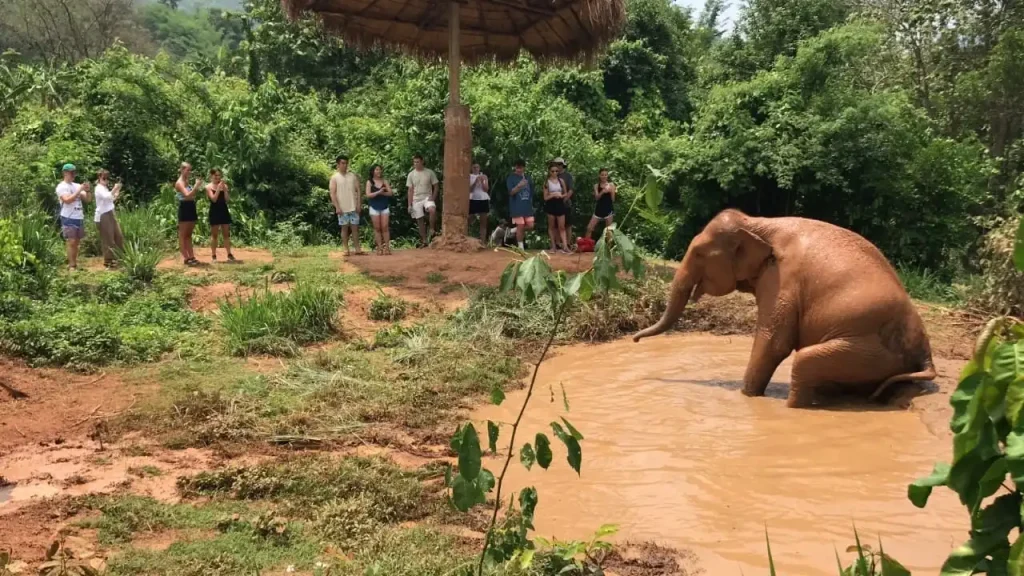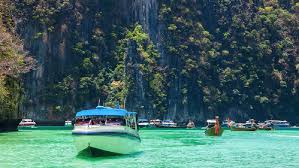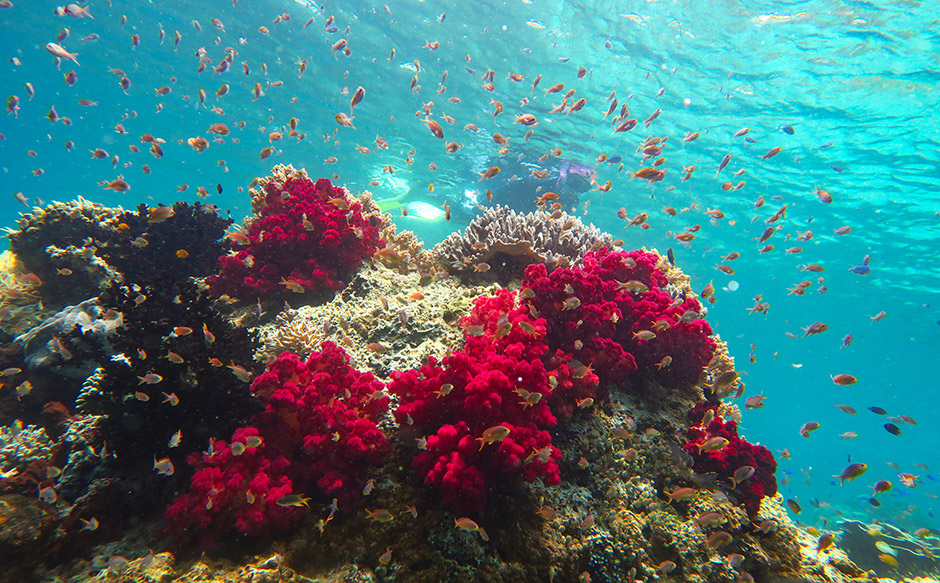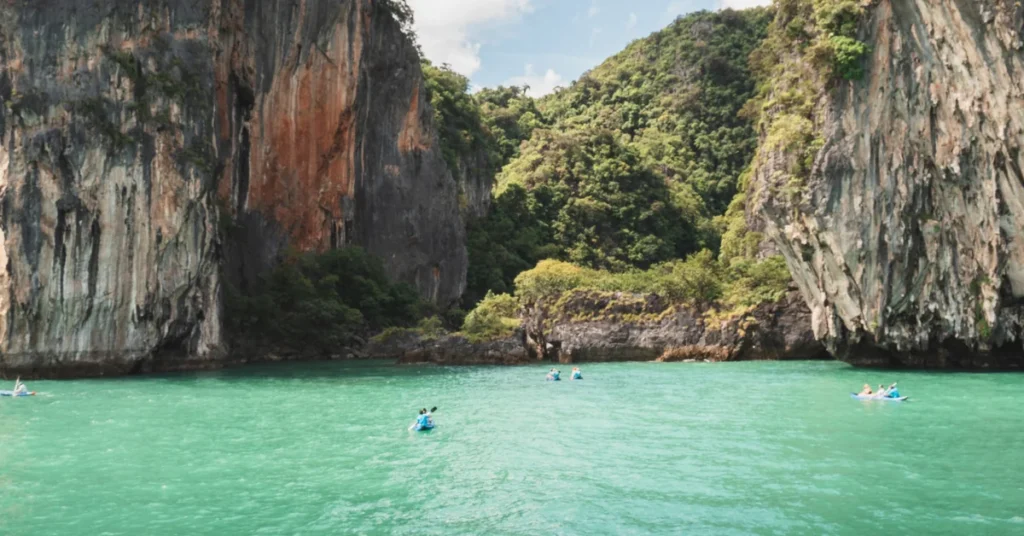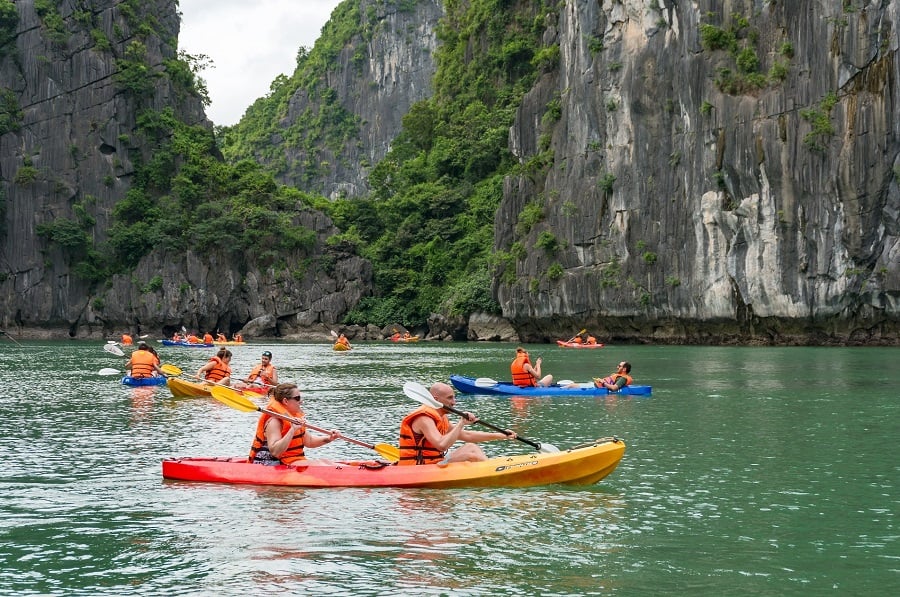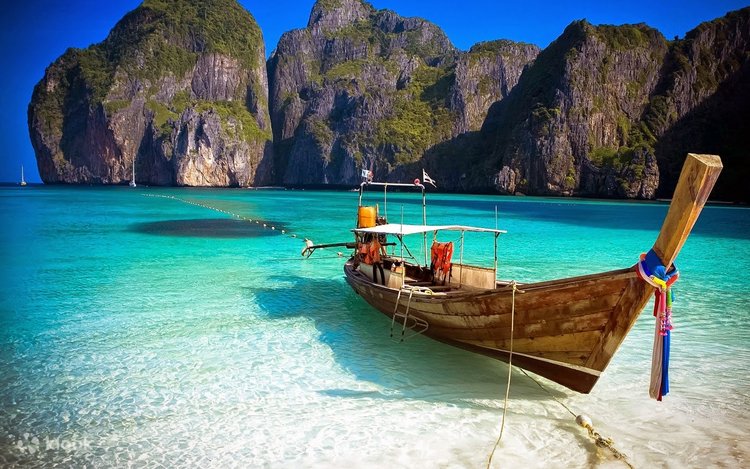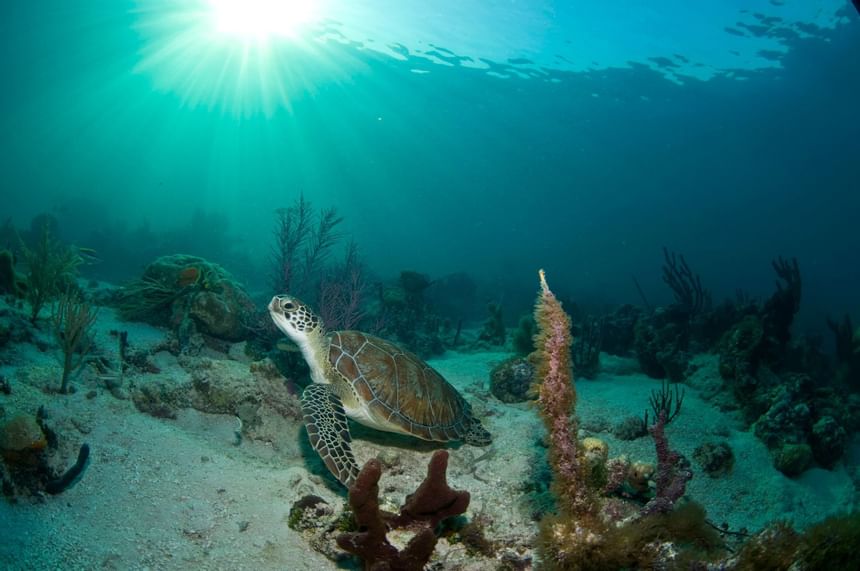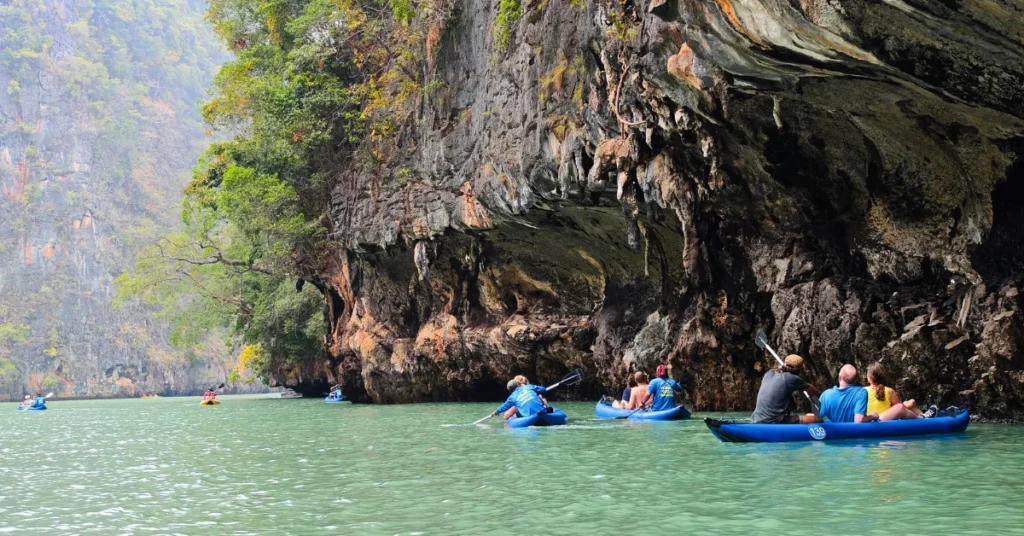Sunrise Magic in Phuket: The Best Viewpoints to Start Your Day
There is something unforgettable about watching Phuket awaken under a glowing sky. The island’s iconic viewpoints offer moments of pure stillness — soft waves brushing the shore, palm trees slowly catching the first light, and the Andaman Sea turning shades of pink, orange, and gold. For travelers seeking meaningful experiences, sunrise viewpoints in Phuket are among the most rewarding things to do. This guide explores the island’s most breathtaking early-morning spots, how to enjoy them, and why they belong on your list of Phuket attractions.
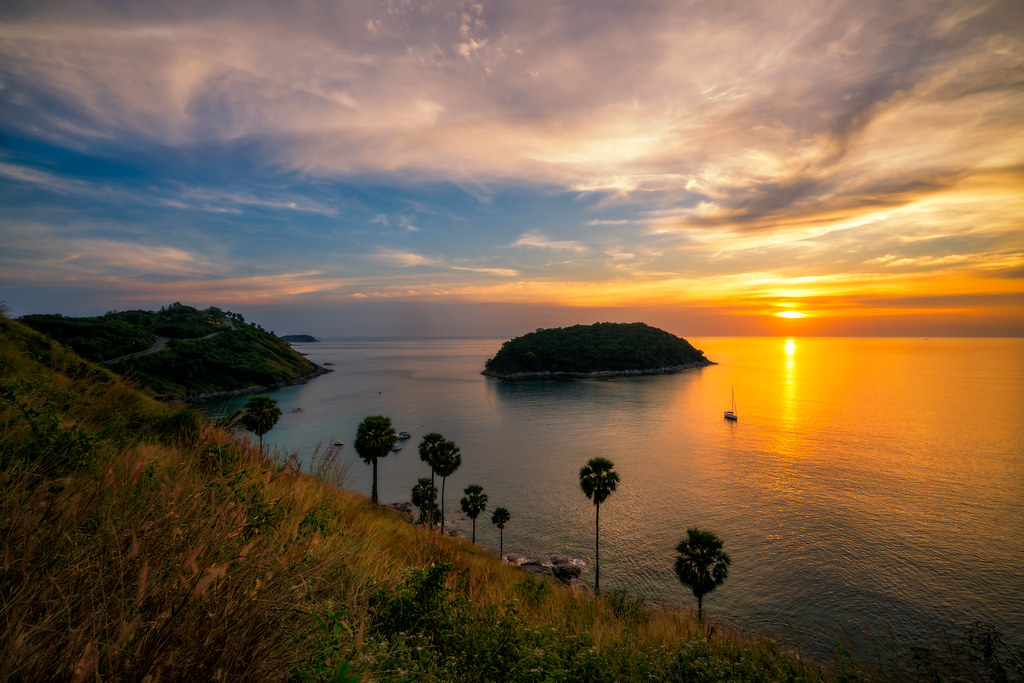
Promthep Cape: A Classic With Endless Horizon
Promthep Cape, located at the southern tip of Phuket, is famous for sunsets — but sunrise here feels like a private secret. With fewer crowds and a wide panoramic view, it’s a peaceful place to begin your day. Arrive at least 20 minutes before the sun breaks the horizon so you can watch the sky gradually shift in color. The cliffs offer clear sightlines toward the distant islands, making it perfect for photography. After sunrise, explore the nearby trails or stop by Nai Harn Beach for a quiet morning swim before the day gets busy.
Karon Viewpoint: Three Bays in One Glance
Often called the “Three Beaches Viewpoint,” this spot overlooks Kata Noi, Kata, and Karon — a layered landscape that looks especially magical at dawn. The soft, early light gently outlines each bay, highlighting the curve of the shoreline and the lush hills behind them. It’s one of the best places for travelers who love scenic panoramas or want a peaceful moment before embarking on island-hopping or Phuket tours later in the day. Bring a light jacket, as the breeze can be cool at sunrise, and consider stopping at a local café afterward for a Thai iced coffee.
Samet Nangshe Viewpoint: A Phang Nga Bay Masterpiece
Just outside Phuket, Samet Nangshe Viewpoint is worth the early wake-up call. Overlooking Phang Nga Bay, it reveals a dramatic maze of limestone karsts emerging from misty waters. The sunrise here is spectacular — the light creeps slowly across the landscape, bringing out the textures of the cliffs and the deep greens of the mangroves. Many travelers choose to stay overnight at nearby eco-camps to enjoy the starry sky and rise just in time for dawn. It’s an ideal addition to any day trip from Phuket for those who want to witness a different side of southern Thailand’s natural beauty.
Big Buddha Phuket: Serenity Above the Island
Perched atop Nakkerd Hill, the Big Buddha is not only a cultural landmark but also a remarkable sunrise viewpoint. As you ascend the winding road, you’ll see the sky brighten over Chalong Bay and the surrounding hills. At the top, the gentle morning light adds a peaceful glow to the white marble statue, creating a spiritual atmosphere that feels both grounding and uplifting. The area is usually quiet at this hour, allowing visitors to appreciate the soft sounds of morning chants and the cool mountain breeze.
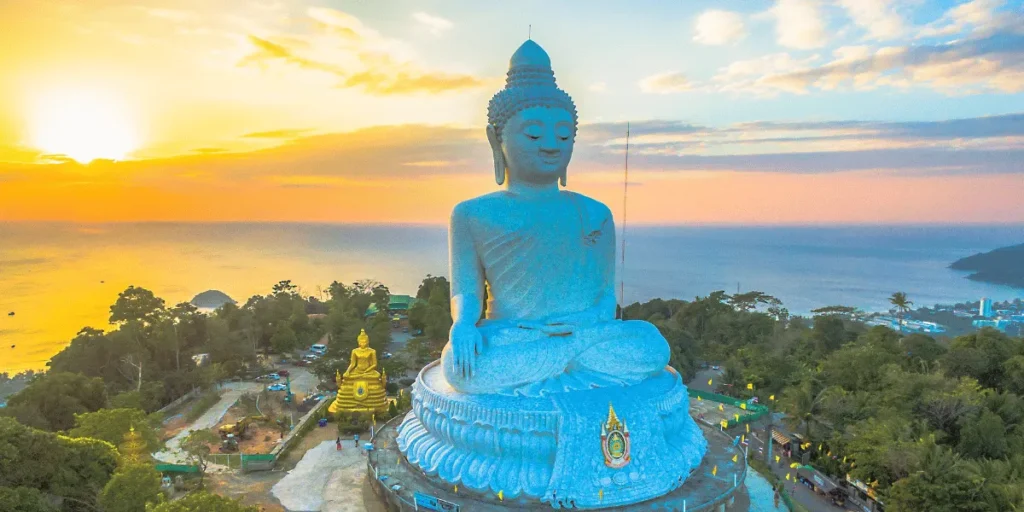
The sunrise moments you experience in Phuket stay with you long after the trip ends. Whether you choose dramatic cliffs, calm bays, or cultural landmarks, each viewpoint offers its own unique beauty and serenity. These dawn experiences set the tone for unforgettable adventures — from island hopping to exploring local markets — and remind you why Phuket remains one of Thailand’s most inspiring destinations.
Begin planning your next journey with phukettoursandrentals.com, your trusted partner for tours, rentals, and memorable Phuket experiences.

